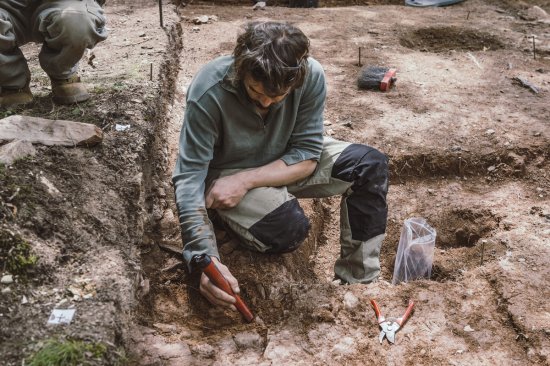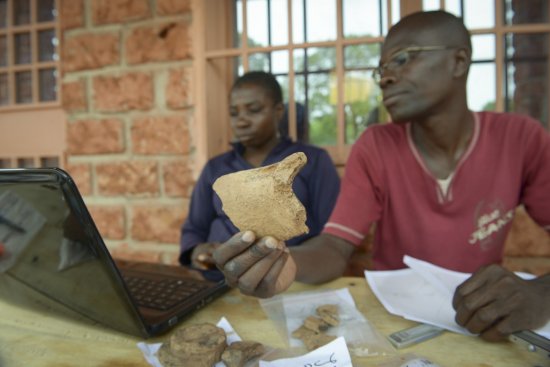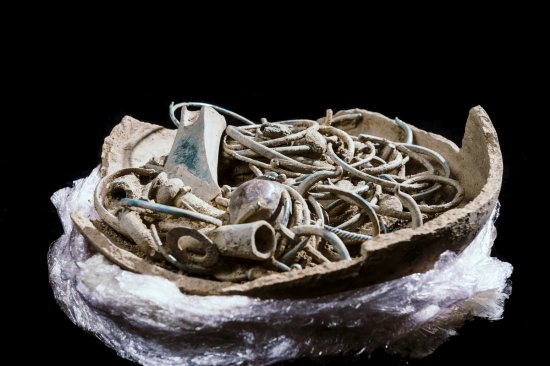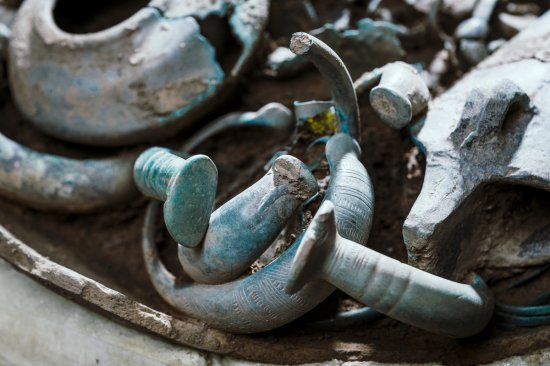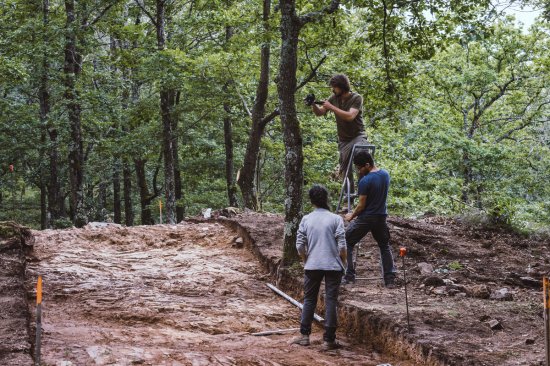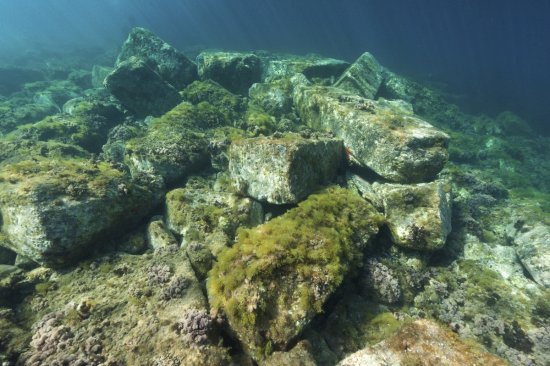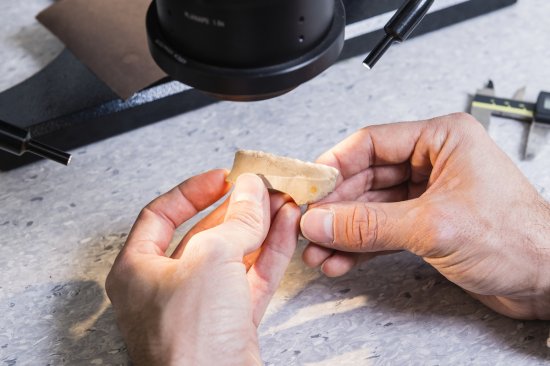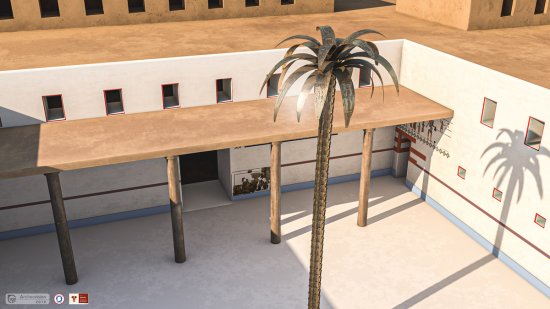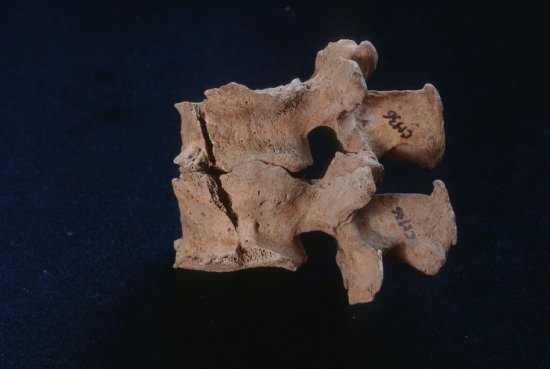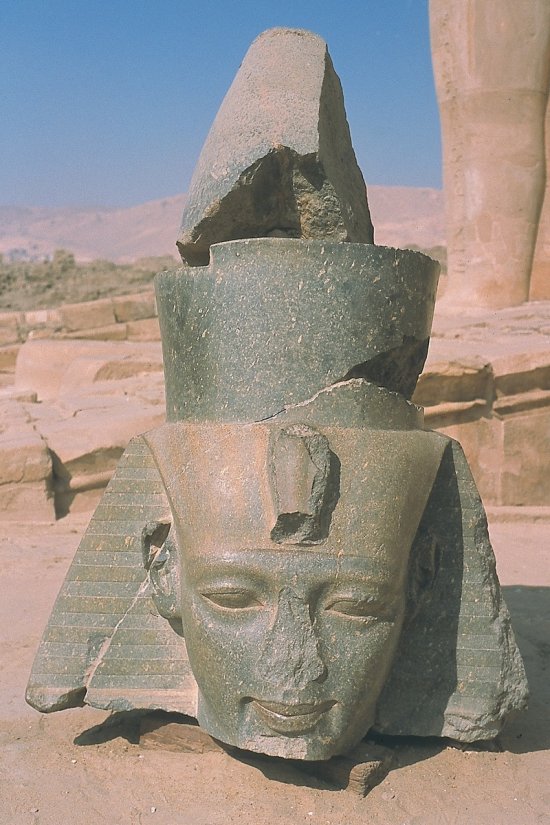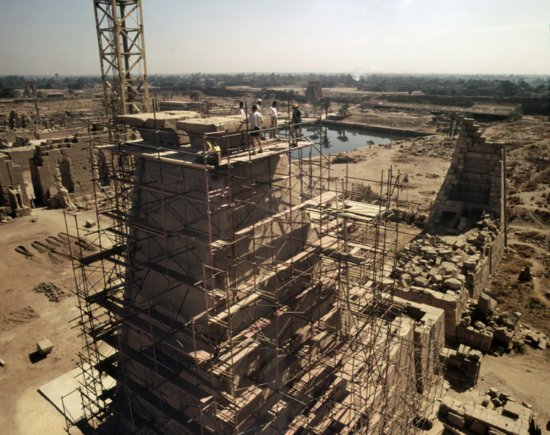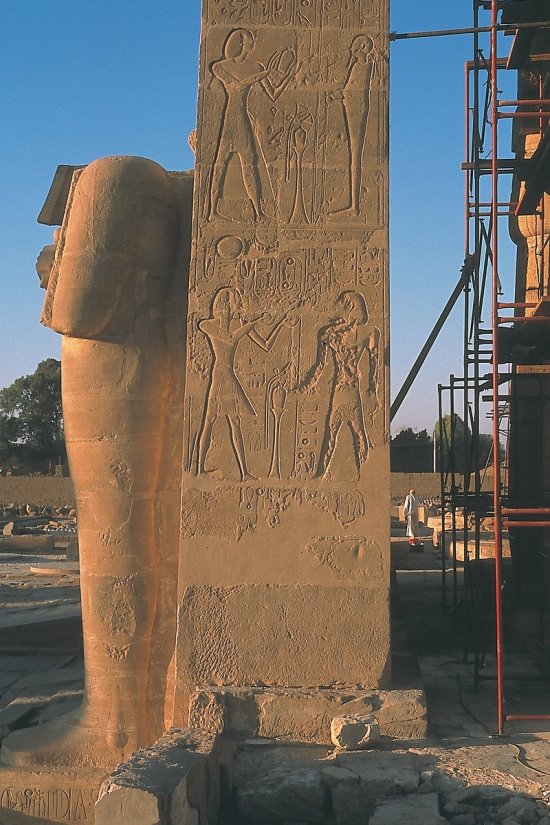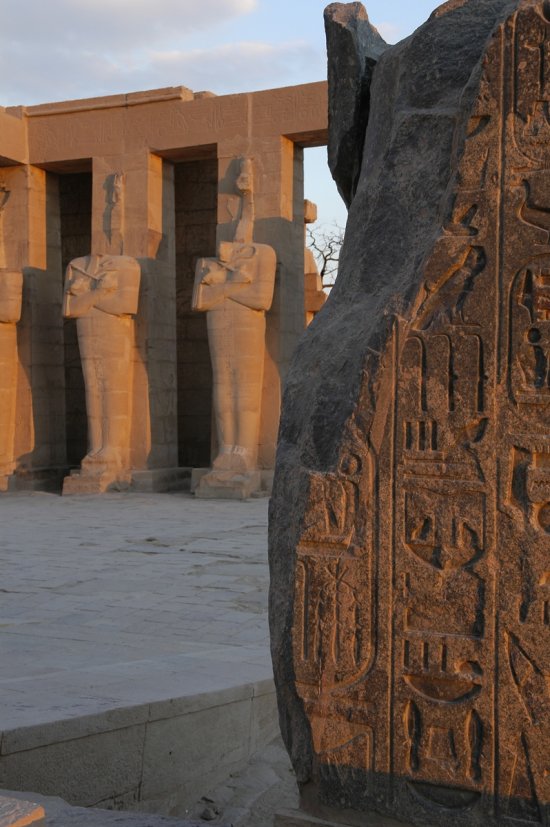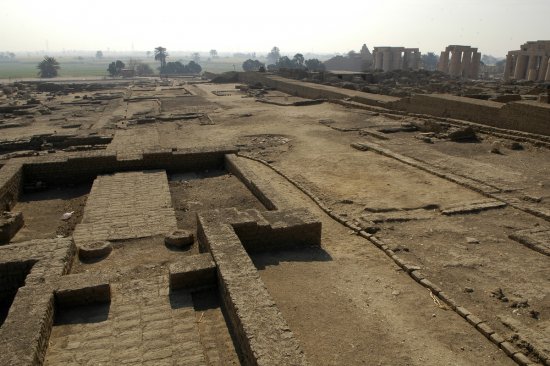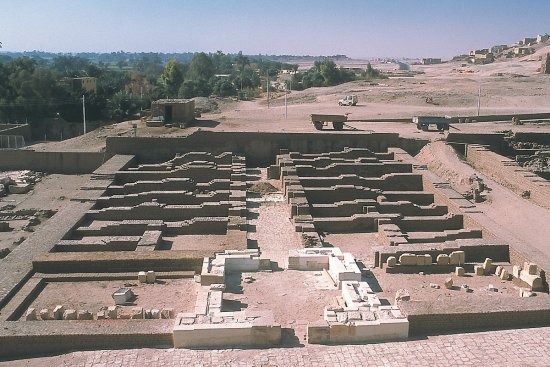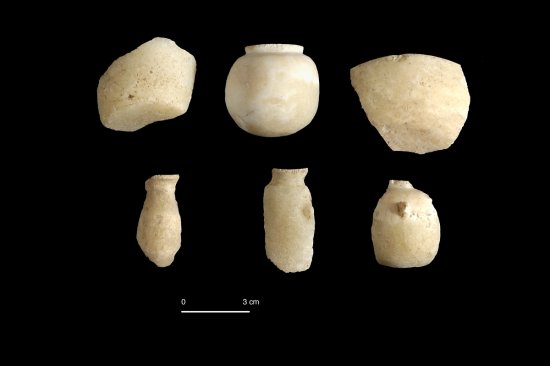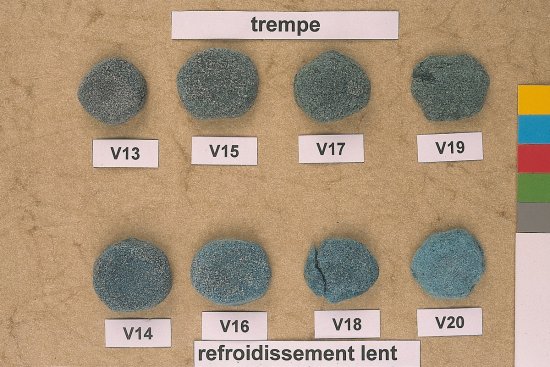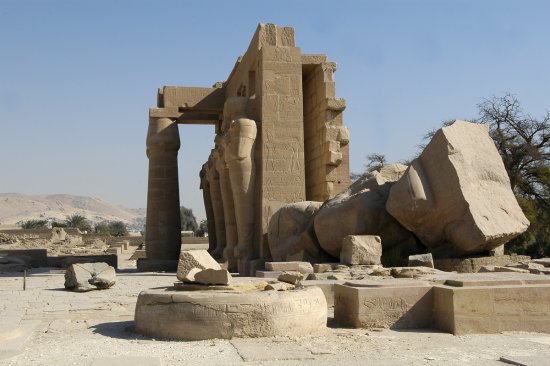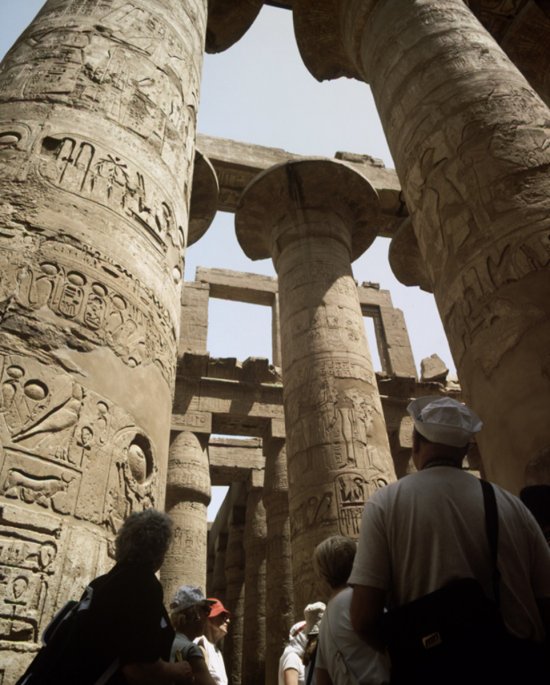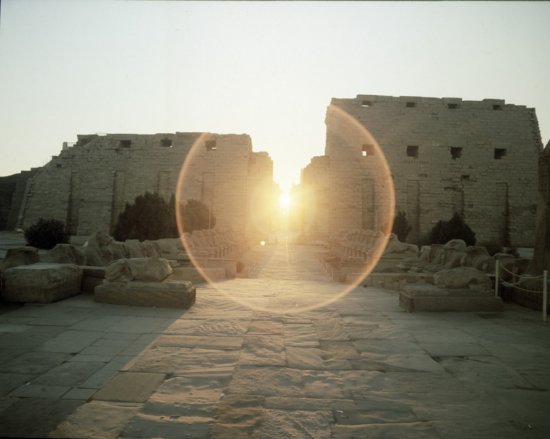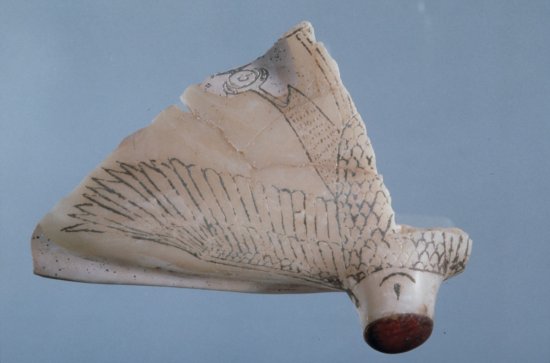© CNRS / CEAlex - 2007
Reference
4137
Water for Alexandria
Until the 19th century, Alexandria was a place of canals and cisterns. The underground city was almost as vast as that above and without its year-round supply of drinking water, Alexandria would never have known the remarkable history that is its own. Founded in the 4th century BC and soon the new capital of Egypt, the essential and regular provision of fresh water to the town was provided by a canal that was dug from the Nile to the gates of the city. Within the urban heart, a complex underground network guaranteed the daily needs for both domestic and industrial consumption. This film, based on the research of Isabelle Hairy, an architect-archaeologist with the Centre d ' Etudes Alexandrines, shows how the ancients confronted and overcame the problem of a city founded far from a water supply and how their ideas allowed Alexandria to become one of the great metropolises of the Mediterranean world.
Duration
Production year
Définition
Color
Sound
Version(s)
The use of media visible on the CNRS Images Platform can be granted on request. Any reproduction or representation is forbidden without prior authorization from CNRS Images (except for resources under Creative Commons license).
No modification of an image may be made without the prior consent of CNRS Images.
No use of an image for advertising purposes or distribution to a third party may be made without the prior agreement of CNRS Images.
For more information, please consult our general conditions
